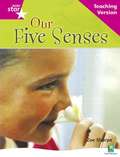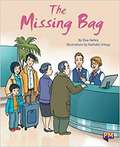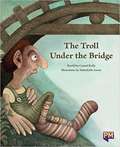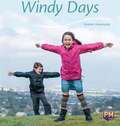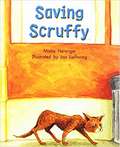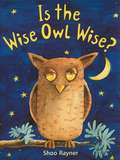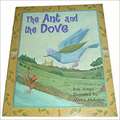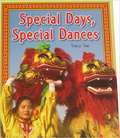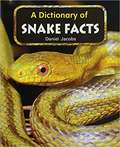Special Collections
Into Reading Texas Grade 2 (NIMAC)
- Table View
- List View
The Missing Bag
by Elsie Nelley and Nathalie OrtegaNIMAC-sourced textbook
I was so happy! Sofu and Sobo, my grandparents, were coming all the way from Japan to stay with us. But when we met them at the airport, Sobo looked upset! What could be the matter with her?
The Troll Under the Bridge
by Mehrdokht Amini and Carmel ReillyNIMAC-sourced textbook
The big mean troll is hungry and he wants to eat a Billy Goat Gruff. But the troll is about to get a very big surprise!
Windy Days
by Heather HammondsNIMAC-sourced textbook
On windy days, we can hear the wind blow. We can feel the wind. The wind makes things move.
The Mighty Mississippi
by Patricia KummerNIMAC-sourced textbook
The Mississippi is a mighty river. Read this book to find out all about it.


